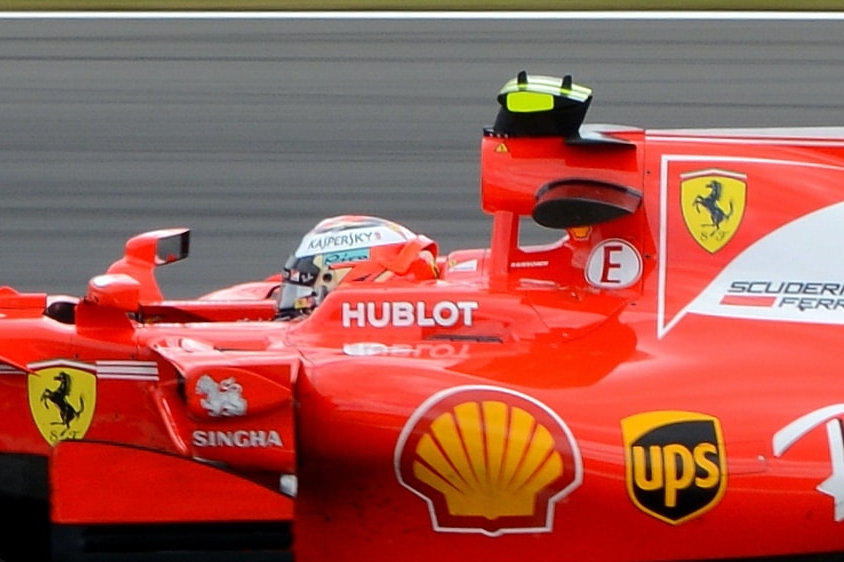
Motor Racing is one of my passions. I could never have imagined that I would one day become business partners with Emerson Fittipaldi, who held the record as the youngest Formula One World Champion for 33 years, or that I would be racing around the streets of Miami with four-time Indy 500 Champion Helio Castroneves when he bought his first Ferrari.
My love for Formula One is partly what drove me to relocate to the Principality more than twenty years ago. Shortly after my arrival, in 2005, Monaco-based Venturi introduced the “very first electric sports car anywhere in the world” the Fetish EV. And the buzz is a modified Opel Speedster- Vauxhall VX220 may soon give Tesla a run for the money.
Monaco was eco-friendly long before it was trendy with the government subsidizing purchases of clean energy vehicles since 1994. A resident buying electric/petrol hybrid vehicles can get up to €10,000 depending solely on CO2 emissions while taxi drivers and chauffeur-hire companies can claim an additional €3,000—all with the advantage of free charging points in public car parks and on public roads.
According to recent figures, greenhouse gas emissions associated with transport account for nearly 30% of Monaco’s total emissions (third highest after construction and energy in buildings). The decarbonisation of the country’s public transport service began with eight zero-emission buses introduced this year with a switch to 100% electric vehicles by 2025.
With one in four new cars sold in Europe now coming with a plug, the transition away from petrol- and diesel-powered vehicles is firmly underway. It is not a question of if, but just of how fast electric vehicles (EVs) will spread and eventually replace traditional internal-combustion-engine vehicles altogether (see Accelerating Change page 23).
I agree. Watching Formula E racing on the most iconic circuit in motorsport, it is clear that Monaco is transitioning to an E-playground for billionaires.

